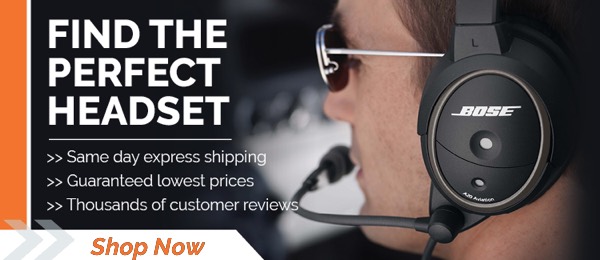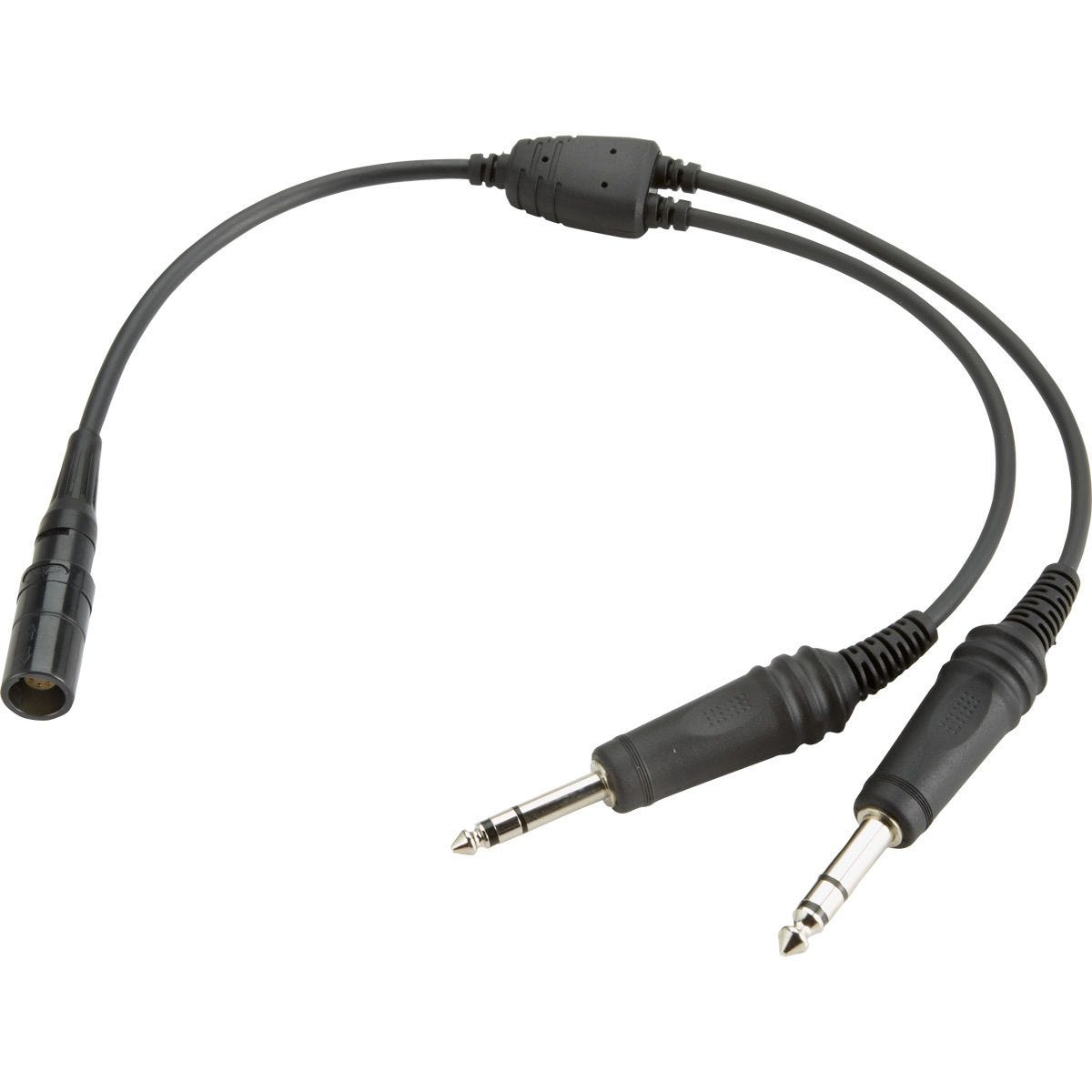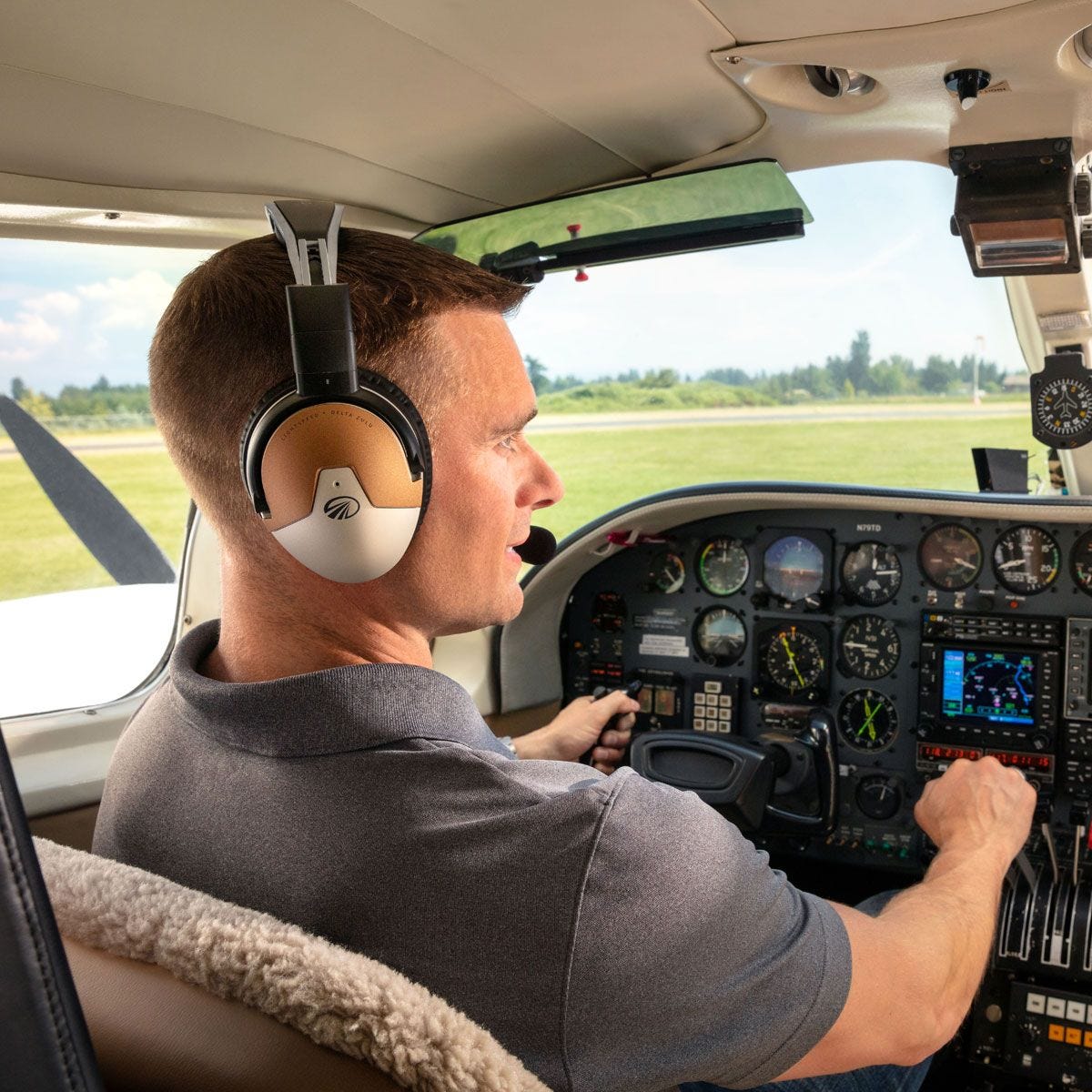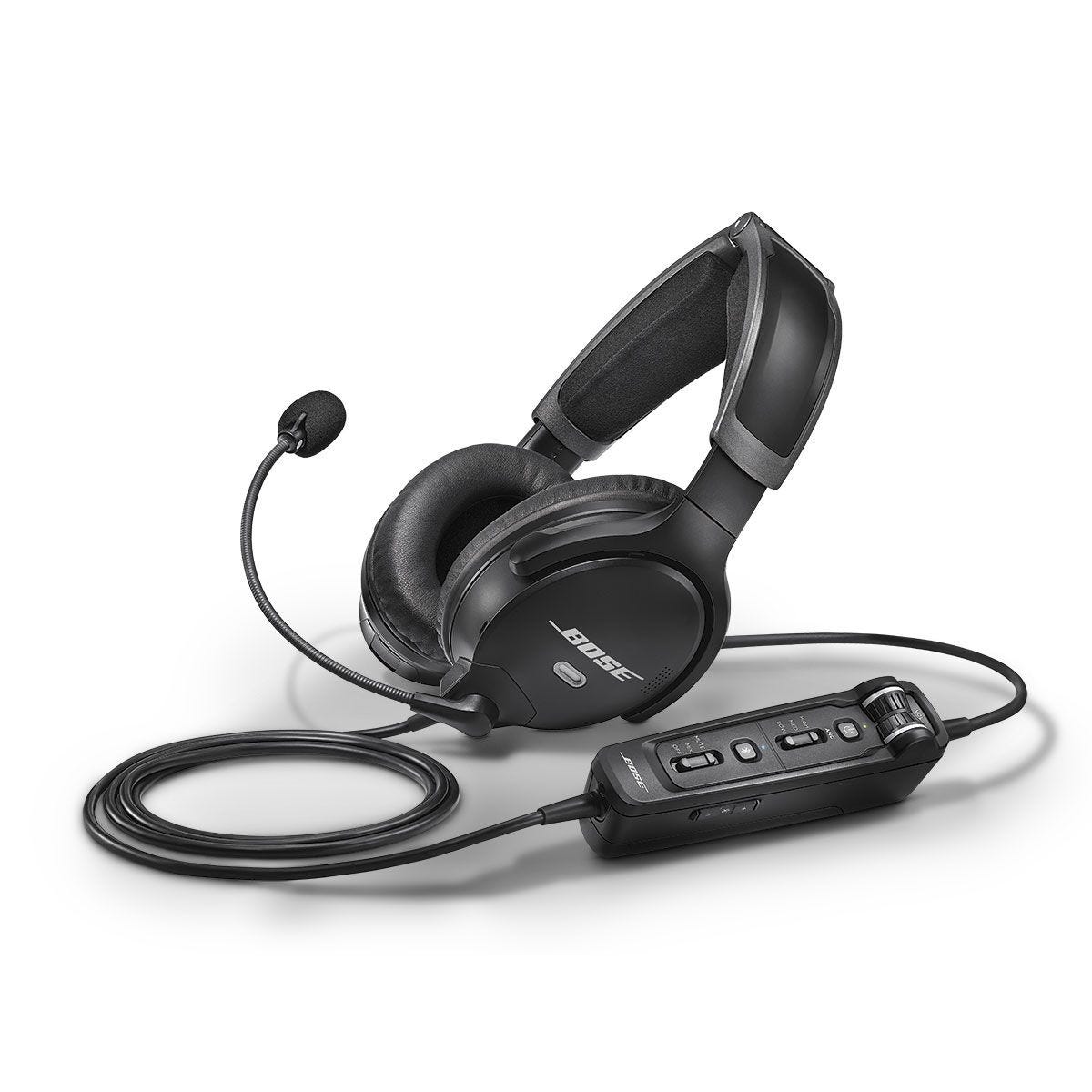Noise Reduction Rating (NRR)
The noise reduction rating of a headset is a measurement, in decibels, of how well a headset reduces noise. Historically, this number was key to deciding which headset was best. Unfortunately, what noise reduction rating is calculated in a laboratory isn’t always the same as what you’ll find in airplane. Many headset manufacturers do not publish this number anymore, as it’s become less of a deciding factor in choosing a headset. There's simply no objective way to determine "quiet" for every pilot in every possible airplane. What stemmed from NRR was PNR (Passive Noise Reduction) and ANR (Active Noise Reduction).
Passive Noise Reduction
Passive noise reduction (PNR) is defined as the amount of noise blocked out by the design of the headset’s ear cups. You’re probably familiar with passive noise reduction in the form of ear plugs. Most earplugs have a noise reduction rating (NRR) of 20-32 decibels. This means that the sound entering the ear is reduced by the NRR. This is somewhat relative, as a 20 decibel sound is not reduced to a negative number by a 32 NRR earplug. Early aviation headsets did little to block out noise. They were little more than straps and a speaker that you would tie to the side of your head. As headsets progressed, noise reduction ratings increased. Most passive aviation headsets provide 18-28 decibels of passive noise reduction.
Active Noise Reduction
Active Noise Reduction (ANR) is the best thing that ever happened to headsets. In addition to passively reduces noise, ANR headsets have the ability to further reduce noise via electronics. Some call it magic, but rest assured, it’s a really neat science that makes it happen. Microphones detect a sound wave entering the headphones. A speaker on the inside earcup emits a sound wave with the same amplitude but inverted phase. The peaks match the valleys and the outcome is less noise reaching the ear.
Bluetooth
Bluetooth allows you to connect your cellphone to your headset. This is especially convenient for picking up clearances while on the ground or canceling a flight plan. Passengers also love this feature, since it allows them to listen to music in flight while still enjoying the benefits of a noise canceling headset.
Technical Standard Order (TSO)
Technical Standard Order refers to a document that outlines the minimum performance standards for headsets. The current TSO is TSO-C139, and you can find the complete document here. TSO was a big deal for airliners as they were upgrading to headsets in the cockpit. It doesn’t matter for Part 91 (GA) flying. Many airlines still maintain TSO’d headsets in their cockpits, but allow pilots to use personal headsets instead of the ship’s set (ship’s set is the headset that always stays in the cockpit with the plane). If you’re worried about violating a company policy, check with your chief pilot prior to purchasing a non-TSO’d headset.
Stereo/Mono
Most headsets are capable of doing both: Mono and Stereo sound. Stereo allows the option to hear stereo audio (left and right channel) in the headset. In order to have stereo audio, you need a stereo intercom. Most older planes are equipped with mono intercom systems. If your headset doesn’t match the intercom, you may only here sound through one earcup. Fortunately, most stereo headsets have a switch to go between the two settings.
Electret/Dynamic Mic
Electret is a type of condenser microphone. This is the standard in aviation and is the best at noise canceling. Be wary of low impedance dynamic mics - these are for military use only and won’t work right in civilian aircraft.
Connectors (LEMO, PJ, XLR)
There are 5 main types of headset connectors. The most common connector is known as PJ plugs. This type of plug is found in fixed wing aircraft, primarily general aviation but many airliners are using it too. Other options include a 6-pin plug (sometimes called LEMO), a helicopter plug or an XLR connector. For complete details, read this article.
If you happen to inherit a headset that has the wrong connector for your desired application, you can usually find an adapter.





